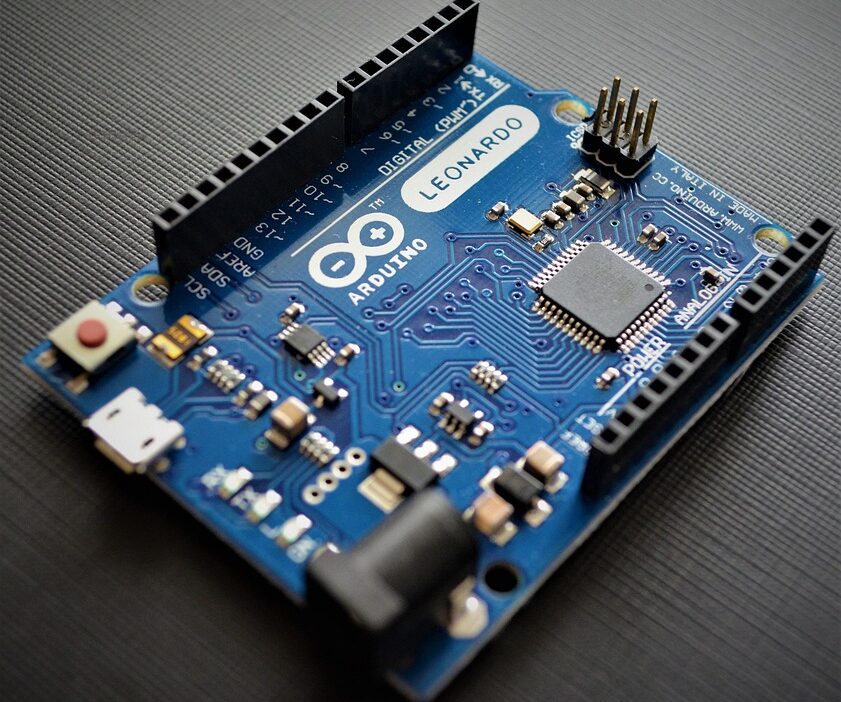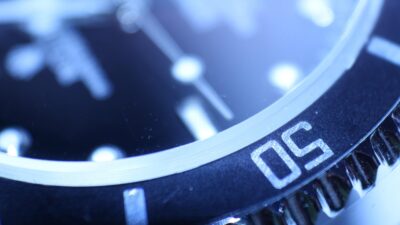The Internet of Things (IoT) has revolutionized various sectors, and healthcare is leading the charge in leveraging this transformative technology. IoT encompasses a vast network of interconnected devices that collect, exchange, and analyze data to enhance efficiency, optimize performance, and improve user experiences. In the healthcare sector, IoT is not just a buzzword; it is fundamentally reshaping patient care, making it more personalized, efficient, and accessible.
The Evolution of IoT in Healthcare
Historically, healthcare has relied on traditional methods of monitoring and diagnosing patients. However, with the rise of IoT, healthcare providers now have the means to gather real-time data from patients—regardless of geographical barriers. Smart medical devices, wearables, and remote monitoring tools have enabled continuous health tracking, allowing for timely interventions and improved patient outcomes.
Key Benefits of IoT in Healthcare
1. Remote Patient Monitoring
With IoT devices, healthcare professionals can monitor patients outside of clinical settings. Wearable devices like smartwatches and fitness trackers can track vital signs such as heart rate, blood pressure, and glucose levels. This real-time data allows healthcare providers to intervene proactively, reducing hospital visits and facilitating better chronic disease management.
2. Enhanced Patient Engagement
IoT fosters a more connected relationship between patients and healthcare providers. Patients can access their health information, receive reminders for medication, and communicate with their healthcare team through connected apps. This engagement encourages patients to take an active role in their health, ultimately improving adherence to treatment plans and overall health outcomes.
3. Data-Driven Insights
The vast amounts of data generated by IoT devices can be harnessed to gain insights into patient health trends, treatment efficiency, and population health management. Advanced analytics can identify patterns that lead to better decision-making, personalized treatment plans, and identifying at-risk populations, driving improved health outcomes.
4. Operational Efficiency
IoT can streamline healthcare operations by monitoring equipment performance and managing resources efficiently. Smart sensors can track the usage of medical equipment and predict maintenance needs, reducing downtime and enhancing patient care. IoT-enabled inventory management can also ensure that medical supplies are always available, minimizing delays in treatment.
5. Telemedicine
The integration of IoT in telemedicine facilitates remote consultations, enabling healthcare providers to evaluate and treat patients from anywhere. This is particularly valuable in underserved areas where medical expertise is scarce. Telemedicine powered by IoT reduces the barriers to accessing healthcare services, ensuring that patients receive timely and appropriate care.
Challenges and Considerations
While the promise of IoT in healthcare is immense, there are challenges that must be addressed:
-
Data Security: The increasing amount of health data generated by IoT devices raises concerns about data privacy and cybersecurity. Ensuring the security of sensitive patient information is paramount.
-
Interoperability: Many IoT devices lack standardization, which can lead to integration issues within healthcare systems. Developing standards for data exchange and device compatibility is critical for maximizing the benefits of IoT.
- Regulatory Compliance: Healthcare providers must navigate complex regulations governing medical devices and data privacy. Compliance with standards such as HIPAA in the U.S. is essential for protecting patient information.
The Future of IoT in Healthcare
As technology continues to evolve, the future of IoT in healthcare looks promising. Innovations like artificial intelligence, machine learning, and advanced analytics are set to enhance the capabilities of IoT devices even further. With continuous advancements, we can foresee a future where personalized medicine, predictive analytics, and enhanced patient outcomes become the norm.
Conclusion
The integration of IoT into healthcare is not just a technological trend; it is a paradigm shift that enhances patient care through connectivity. By enabling real-time monitoring, improving engagement, and providing data-driven insights, IoT is transforming how healthcare is delivered and experienced. As we continue to navigate challenges and embrace innovations, the potential for IoT to revolutionize healthcare is boundless, moving us closer to more personalized and efficient patient care.


